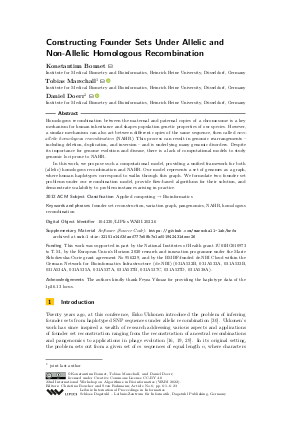LIPIcs.WABI.2022.6.pdf
- Filesize: 1.58 MB
- 23 pages

 Creative Commons Attribution 4.0 International license
Creative Commons Attribution 4.0 International license


































Feedback for Dagstuhl Publishing